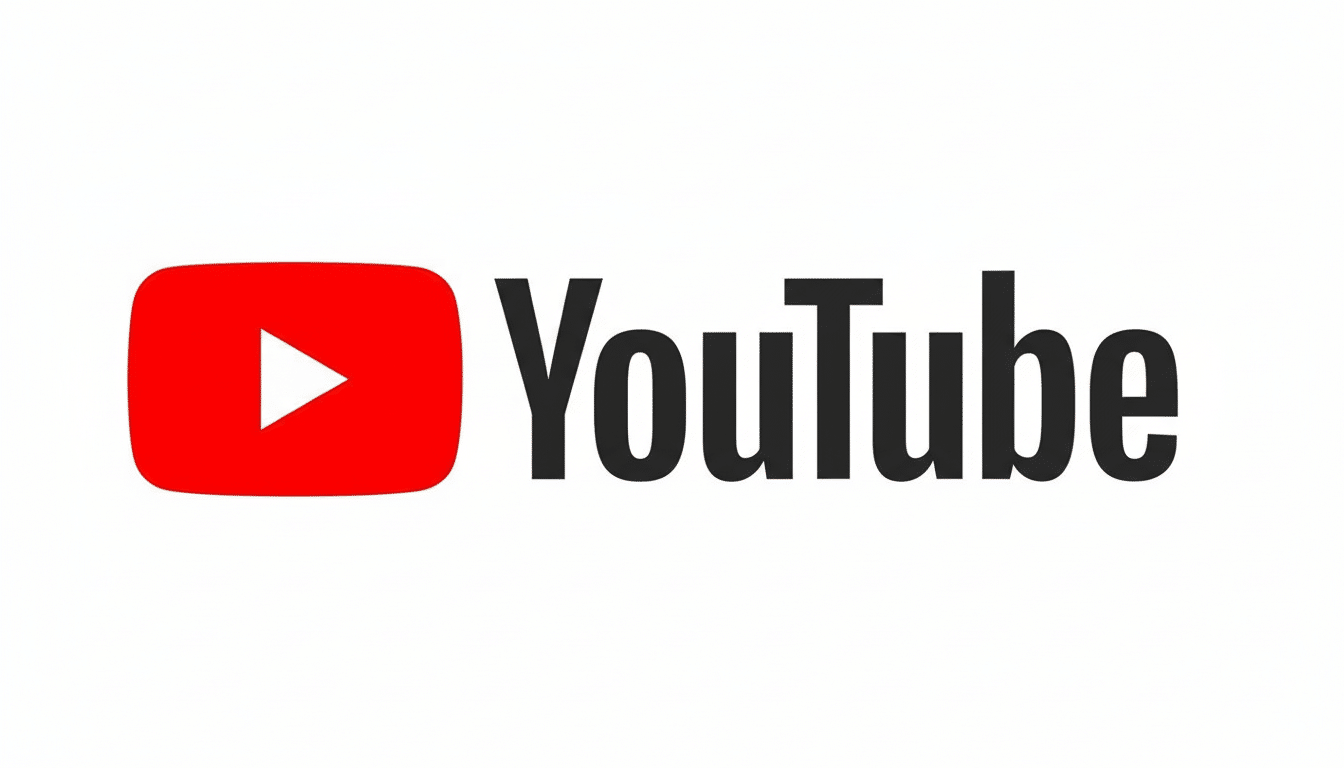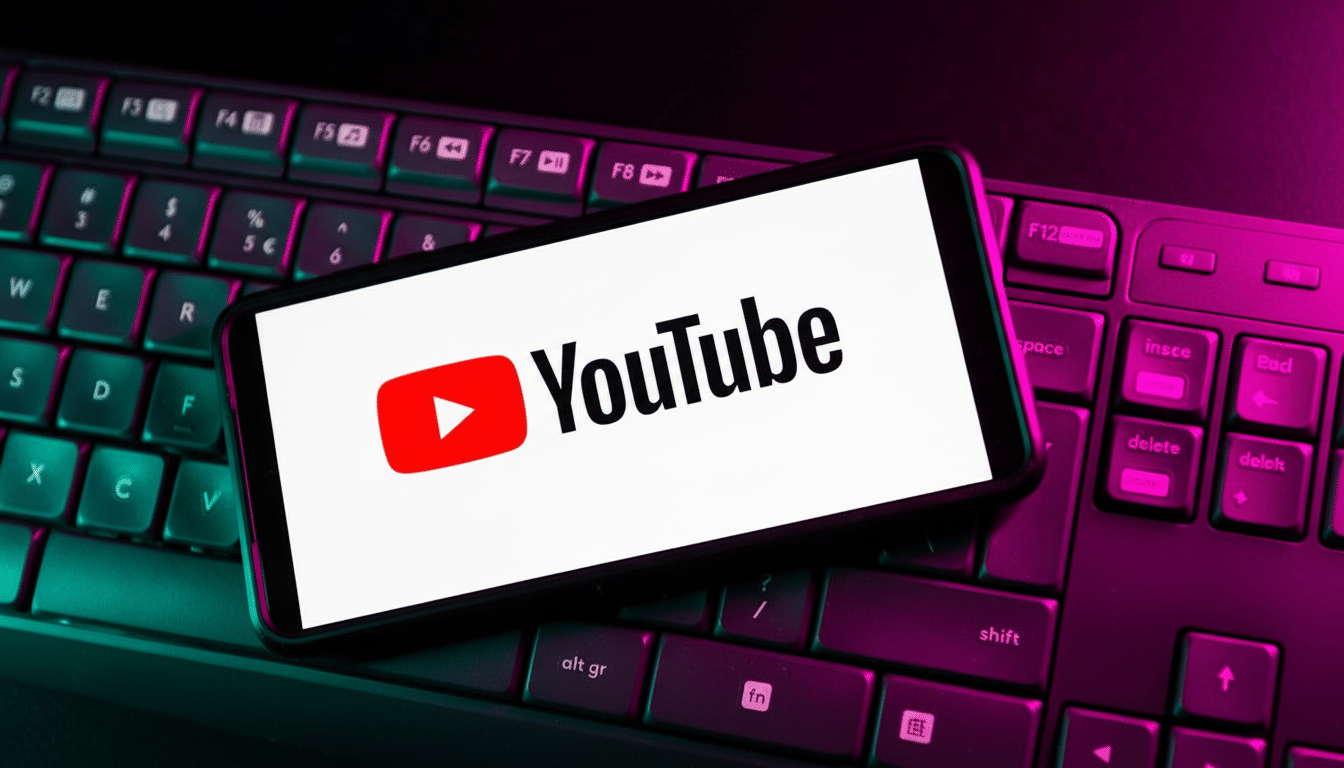Among other key changes in YouTube’s new player, which is being rolled out to desktop and mobile, the reaction so far has been swift and intense. Google says the refreshed look is supposed to be cleaner and more immersive, but feedback early on from power users indicates it’s a little distracting rather than delightful. The one question viewers are asking themselves at the moment — do you even like it?
What Changed in YouTube’s New Video Player
The most noticeable change is a set of floating “island” controls at the top of the video, not anchored to the edge. The old, familiar dark vignette that formerly dimmed the frame when controls were up is toned down so UI elements feel as if they’re resting on top of the content rather than around it.

There is a little less of a progress bar now, although it has moved further up from the very bottom and slimmed down, altogether, with more subtle hover-over action.
With larger monitors, where the repositioning applies, the seek bar looks smaller and more skippable still; full screen has changed as well, with scrolling behavior altered so that you’re more likely to encounter recommended videos than plunge into comments; there’s also a smaller click target in full screen for people who use a mouse — I find it touchy.
There are positives. Chapters, Most Replayed heatmaps, and auto-transcripts seem more integrated as well, with the lighter overlay allowing subtitled content and on-video elements to be slightly less covered than normal. It’s a purposeful step toward a less boxed-in viewing canvas.
Why the New YouTube Player Design Is Divisive
Usability 101 is going on here. You increase interaction cost when you minimize key targets and lower contrast. Fitts’s Law says that users are helped by big, predictable targets at screen edges; lifting the seek bar and shrinking the exit zone go against that. Accessibility advocates also note that a thin progress indicator with low contrast can be difficult for low-vision users, so it may run contrary to the spirit of WCAG contrast recommendations.
Then there’s the cognitive load. Placing floating controls over video without intense dimming, the eye battles between the content and UI. For avid scrubbers (imagine people who watch tutorials or people skipping to a chorus on a song), the timeline’s reduced visual weight can hold up exacting scrubs.
Optimized for Big Screens and Touch Across Devices
Context matters. YouTube consumption has increasingly migrated to TVs and tablets, and the new layout reads like a compromise to serve those surfaces. Nielsen’s The Gauge has shown YouTube at or near the top of U.S. streaming watch time all year, and lingering around a 10% share, such as it is. Optimizing for the living room includes ensuring overlays resonate on a 55-inch screen, and touch targets are friendly across whichever display you’re using.

After all, on a desktop ultrawide, the same choices can feel like “mobile-first” design that’s been blown up for big screens. The criticism that “it looks like an upscaled tablet UI” simply means the hierarchy is optimized for touch comfort over pixel-perfect mousing.
The Creator Impact of YouTube’s Updated Player UI
The tiniest shifts in the UI can lead to a complete propagation across engagement and performance. With comments less just around the corner from full screen, you should expect fewer quick replies and slower community loops on long-form content. And if scrubbing feels less granular, then replay behavior around key moments could dip, which would ripple to the Most Replayed heatmaps viewers rely on.
Creators follow this in retention graphs and click-through rates. YouTube has said in the past, via Creator Insider updates, that cutting down on clutter can increase watch time by eliminating distractions. The counterargument: minimal friction in basic controls encourages viewers to bounce sooner, particularly within the all-important first 30 seconds when retention curves steeply plummet.
What Google Says and What Changes May Come Next
Google usually introduces design changes in waves, based on A/B testing, and then hones them based on feedback. You can expect incremental fixes — like thicker seek bars, bigger exit targets, or the option to darken your corners with vignetting — to be in the mix as metrics and feedback align. The company encourages users to provide feedback in the “Send feedback” menu, which is fed into experiment reviews.
There are also precedents for rollbacks or toggles. YouTube has rolled back parts of previous player experiments when accessibility or engagement have dipped, and after initial resistance the platform commonly polishes up gestures and overlays for TVs. With more than 2 billion active users logging in each month, even modest percentage shifts in satisfaction or watch time don’t go unnoticed.
Well, what do you think of the new player? If you are on desktop and it’s feeling unwieldy, try going out of full screen when you need to get to comments quicker; consider dropping some captions in so that the light overlay is more readily discernible; and use keyboard shortcuts if you need a finer scrub. Less chrome, more content; that’s the design thesis anyway — at once chic and klutzy, depending on where you watch.

